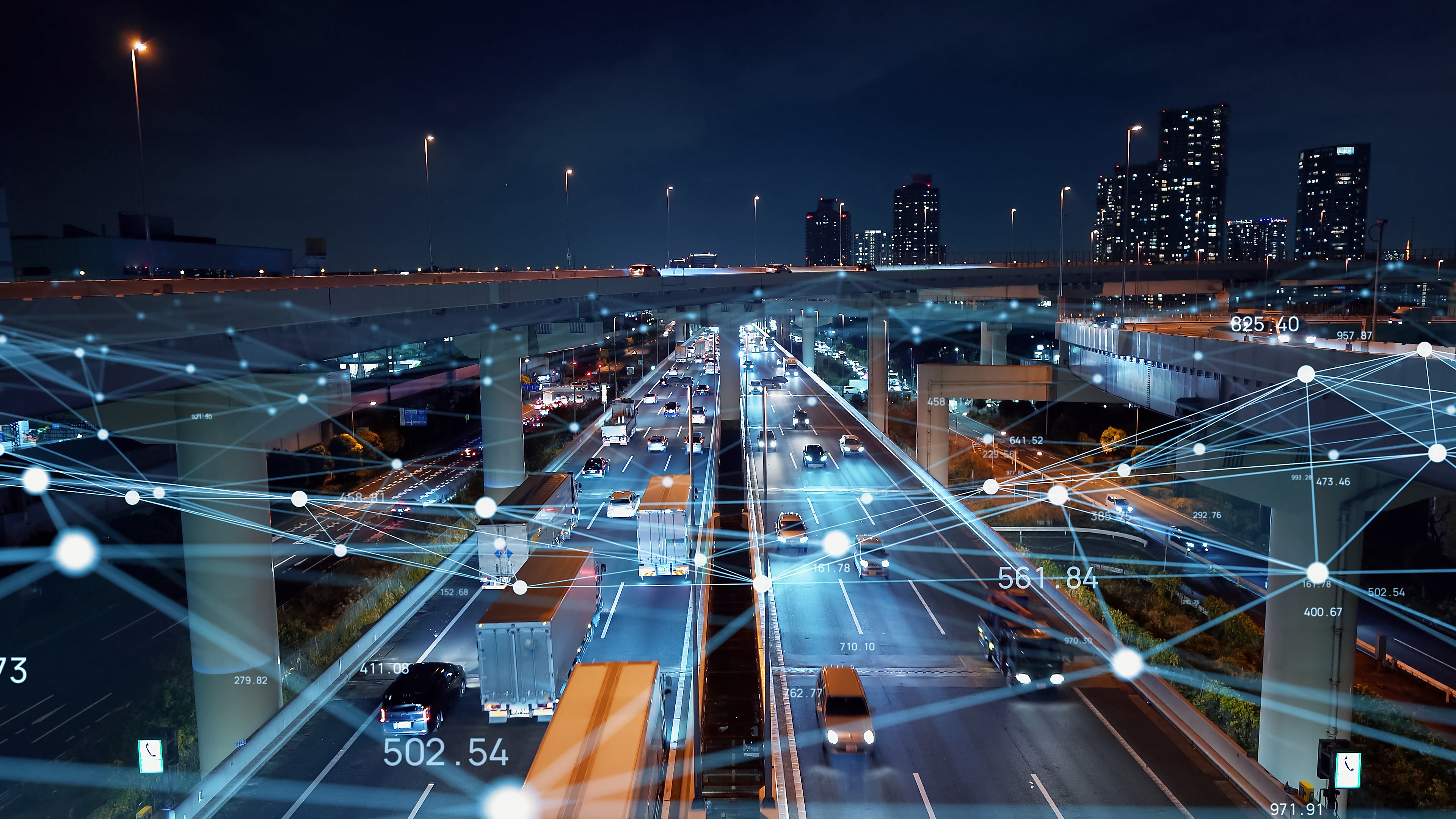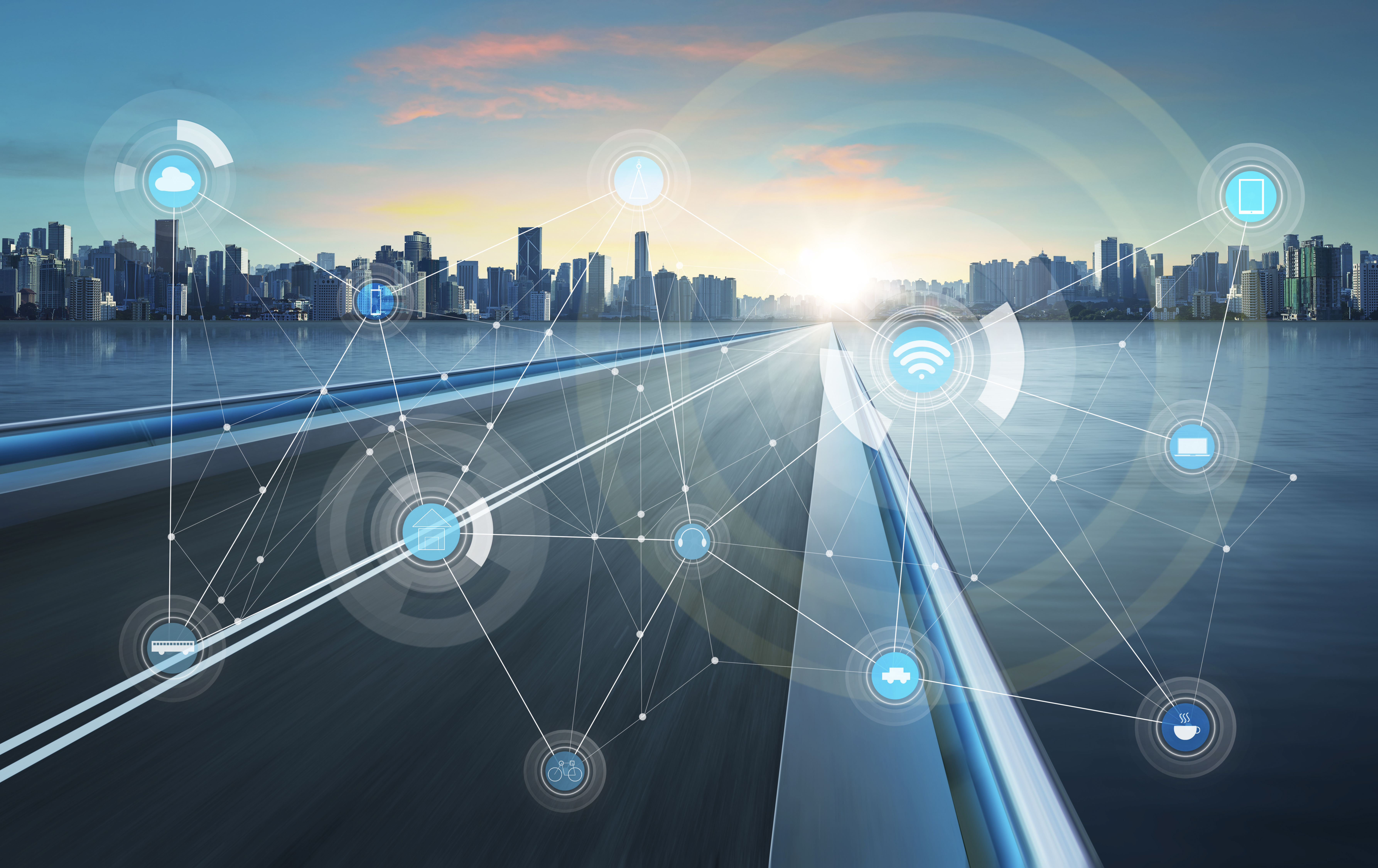
Sensors are at the core of digital transformation, evolving from passive data collectors to intelligent systems that enhance efficiency and automation across industries.
The integration of AI has propelled sensors into a new era, enabling them to not only collect but also process and analyze data in real-time. This advancement is reshaping sectors like healthcare, industrial automation, and precision agriculture.
The Shift to Smart Sensors
Traditional sensors merely transmit raw data to central systems for analysis, requiring extensive computational resources. In contrast, modern smart sensors, equipped with microcontrollers (MCUs), application-specific integrated circuits (ASICs), and connectivity modules, can process information locally. This shift reduces latency, optimizes energy efficiency, and enhances decision-making capabilities.
AI-powered sensors can autonomously recognize patterns and anomalies, such as detecting irregular vibrations in industrial machinery or monitoring patient vitals in healthcare. By enabling real-time data processing, they improve responsiveness in critical applications like autonomous vehicles, robotics, and IoT ecosystems.
AI-Driven Sensing Ecosystem
The effectiveness of AI hinges on the quality of data collected, making sensors integral to its success. These devices now capture multispectral information, detect complex patterns, and perform localized data processing. For instance, visual sensors enhance object recognition in security systems, while acoustic sensors identify anomalies in manufacturing environments.
In healthcare, AI-enabled sensors provide continuous patient monitoring, alerting medical professionals only when necessary. In the automotive industry, they facilitate augmented-reality driving assistance, while in agriculture, they optimize resource usage through soil and crop analysis.

Edge Sensors: The Future of AI Integration
Edge computing further amplifies the potential of smart sensors by processing data at the source, minimizing reliance on cloud-based analysis. This approach is crucial for applications requiring immediate responses, such as autonomous navigation and augmented-reality systems. Edge sensors, equipped with advanced microprocessors and machine-learning capabilities, reduce network congestion while enhancing privacy by limiting data transmission.
Leading innovations in this field include Sony’s IMX500 image sensor, which integrates AI processing directly into the chip, enabling real-time object recognition without external computation. Similarly, Bosch’s BHI260AP motion sensor leverages machine learning to deliver precise activity tracking while maintaining low power consumption, making it ideal for wearables and IoT devices.
The Road Ahead: Innovation and Security Challenges
As sensor technology advances, emerging fields like neuromorphic computing and advanced materials will drive the next wave of innovation. Neuromorphic processors, inspired by the human brain, promise to enhance computational efficiency while minimizing power consumption. However, as connectivity increases, so do cybersecurity risks. Ensuring data integrity through end-to-end encryption and hardware-based authentication is critical to maintaining trust in smart sensor ecosystems.
The future of AI-driven sensing is poised for rapid expansion, with sensors playing a pivotal role in reshaping industries and daily life. Their evolution from simple measuring tools to intelligent decision-making systems underscores their importance in the modern digital landscape.



Leave a Reply